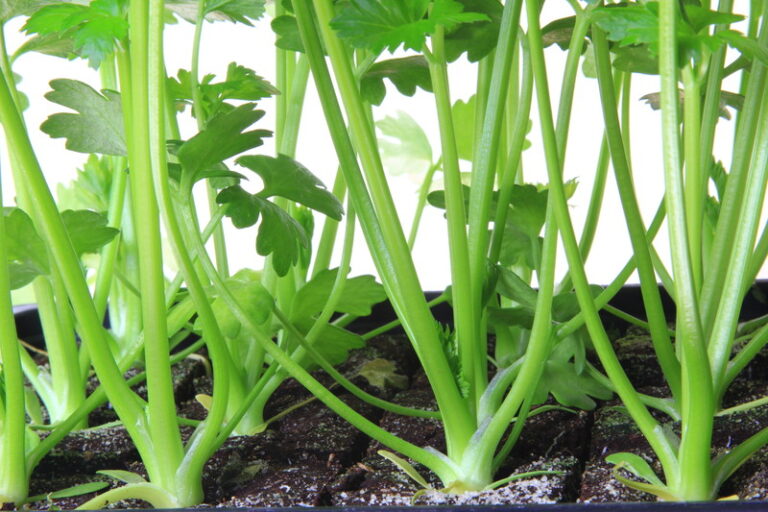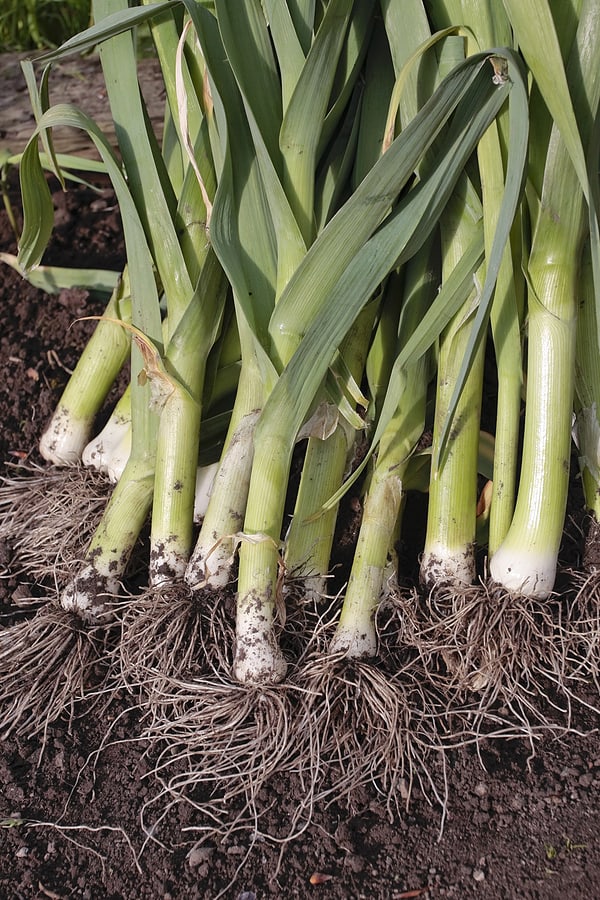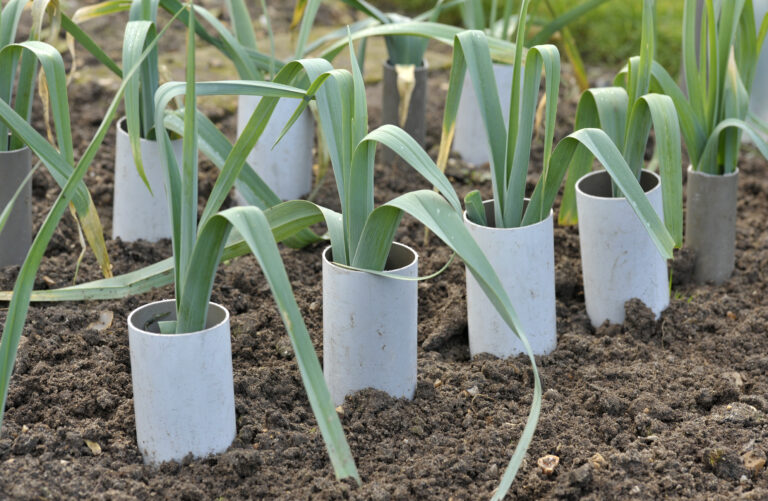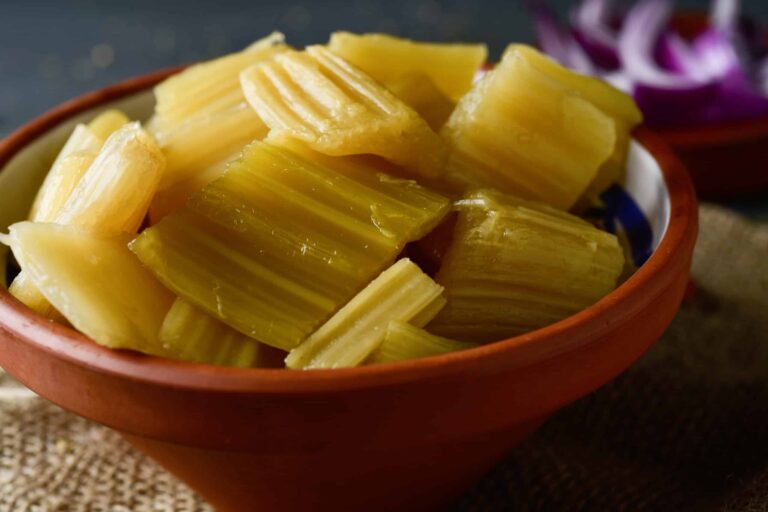Best Site and Soil for Growing Florence Fennel
Florence fennel rewards the right location and soil preparation with crisp, aromatic bulbs that stay tender and sweet. After growing this crop for decades in my raised beds and mounded garden rows, I’ve learned that fennel needs a combination of cool temperatures, full sun, and consistently fertile soil to bulb well. Here’s how to choose the best planting spot and prepare soil that sets fennel up for success.
Choose a Site With Full Sun and Cool Growing Conditions
Florence fennel grows best when it gets 6–8 hours of direct sunlight, but it also prefers cool-season temperatures—generally 55–75°F. That combination lets the plant build energy while avoiding the heat stress that causes bolting.
My Insight
In Sonoma Valley, I’ve had the most reliable bulb formation by growing fennel as an early-spring or late-summer crop. Heat spikes above 80°F—especially during early growth—almost always lead to stringy bulbs or premature flowering.
Ideal Site Characteristics:
- Full sun exposure
- Afternoon shade in hot climates (optional but helpful)
- Sheltered from strong, drying winds
- Close to irrigation for consistent moisture
Soil Requirements for Strong, Full Bulbs
Florence fennel forms its best bulbs in loose, fertile, well-draining soil. Heavy or compacted soils restrict bulb expansion and lead to tough textures.
Optimal Soil Traits:
- pH: 6.0–7.0
- Texture: loamy or sandy loam
- Drainage: good drainage is essential—fennel dislikes waterlogged soil
- Organic matter: moderate amounts, not excessive
My Insight
When I’ve added too much nitrogen-rich compost, the plants grew lush leaves at the expense of bulb size. A balanced soil with moderate fertility consistently produces better bulbs.
Preparing the Soil
Before planting, work the top 8–10 inches of soil to loosen it thoroughly. Florence fennel bulbs expand above the root zone, so surface-level preparation matters more than deep tilling.
How to Prepare the Bed:
- Mix in 1–2 inches of finished compost—not manure-heavy compost.
- Add sand or fine gravel if your soil holds too much water.
- Rake smooth and remove rocks or clods that can deform developing bulbs.
Optional Soil Supplements:
- A balanced organic fertilizer (such as 4-4-4) at planting time.
- A light sprinkle of wood ash if your soil is acidic and needs calcium and potassium.
Raised Beds vs. In-Ground Planting
Florence fennel thrives in both, but raised beds tend to produce the smoothest, most uniform bulbs because the soil warms quickly, drains well, and stays loose.
In hot climates:
Raised beds may dry out too fast in summer—grow fall fennel instead.
In cool climates:
Raised beds offer the early-spring warmth fennel needs to germinate and establish.
Mulching for Moisture and Bulb Quality
After seedlings establish, applying a thin mulch of straw, compost, or shredded leaves helps:
- Maintain cool soil temperatures
- Prevent surface drying
- Keep bulbs clean and white
Note: Avoid heavy mulching early—fennel likes the soil to warm slightly at germination.
Avoid These Soil Problems
Florence fennel struggles in:
- Heavy clay that holds water
- Highly fertile soils that push leafy growth
- Deep shade or filtered sunlight
- Overly acidic soil (below pH 5.5)
Any of these can cause poor bulb formation, splitting, or bolting.
Final Tip From Experience
The best Florence fennel bulbs I grow each year come from beds I prepare lightly but thoughtfully: moderate compost, good drainage, consistent moisture, and a site that avoids heat stress. If the soil feels loose enough to plant carrots, it’s just right for fennel.






